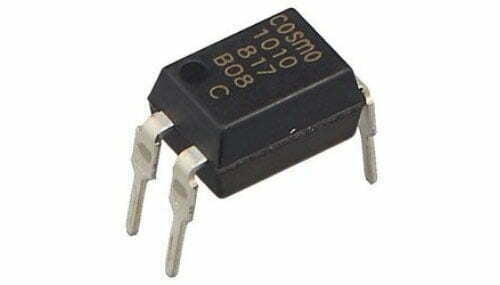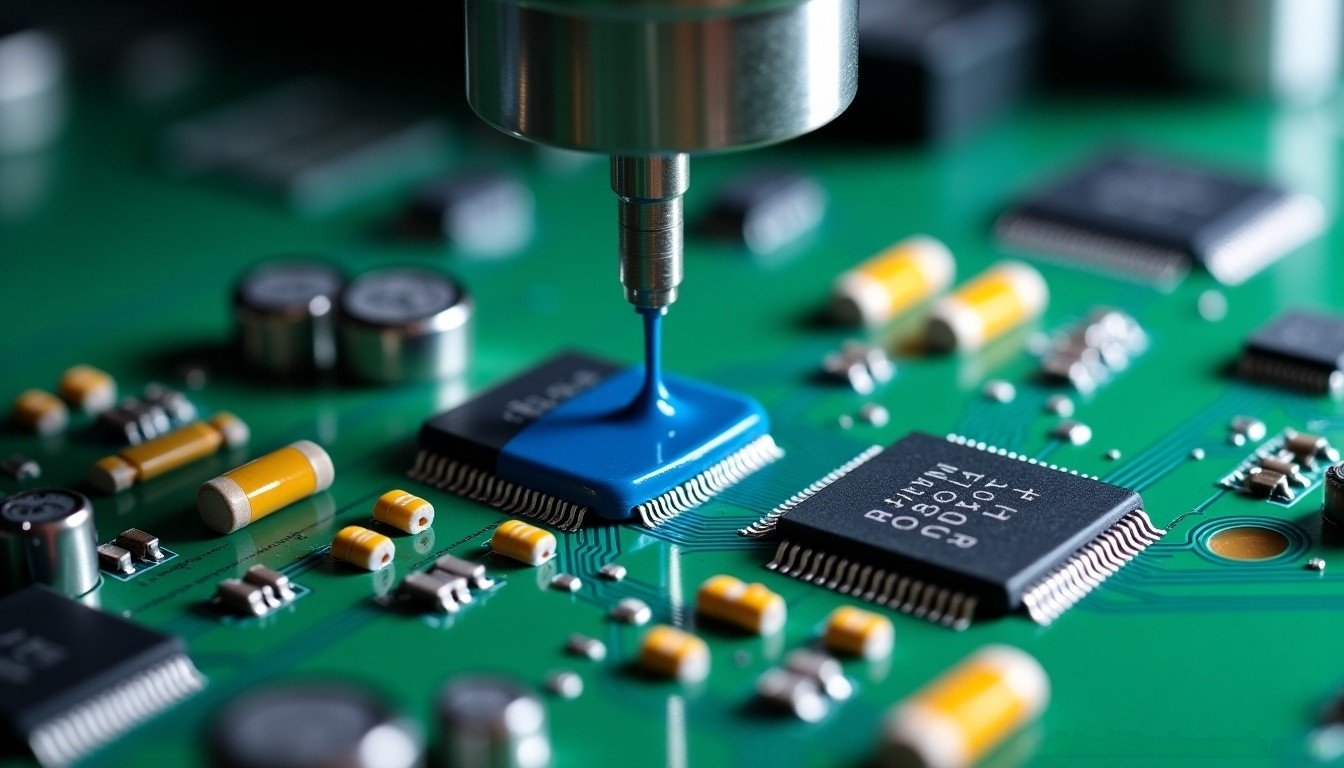RTC (Real Time Clock) is an independent timer used to provide system time. It can continue to operate during power outages or low-power modes by relying on a backup battery as its power source. When dealing with embedded systems, selecting the appropriate RTC battery is crucial as it directly impacts the accuracy and stability of the system time.
How to Choose the RTC Battery for an Embedded System?
Voltage:
The voltage of the RTC battery should match the operating voltage of the RTC chip, typically 3V or 1.8V. Incorrect voltage levels, either too high or too low, can result in the RTC chip malfunctioning or getting damaged.
Capacity:
The capacity of the RTC battery determines how long it can provide backup power. Larger capacity batteries have a longer lifespan, but they also come with increased costs and size. Generally, the capacity of the RTC battery should support at least 10 years of usage.
Temperature:
The temperature characteristics of the RTC battery affect its output voltage and capacity. Different types of RTC batteries are suitable for different temperature ranges, such as -40°C to 85°C, -20°C to 70°C, and 0°C to 50°C. When choosing an RTC battery, the ambient temperature of the system’s environment should be considered, and an appropriate temperature range selected.
Cost:
The cost of the RTC battery is also a significant consideration as it affects the overall cost-effectiveness of the system. While meeting system requirements, a cost-effective RTC battery should be chosen.
Rechargeability:
Rechargeable RTC batteries can be charged during system operation using an external power source, extending the system’s usage time. Non-rechargeable RTC batteries can only be used once and need to be replaced after use.
Types of RTC Batteries
Button Cell Battery:
Button cell batteries, like CR2032, are small round lithium batteries. They can be mounted on battery holders or connected to the mainboard through external power cables. Button cell batteries are non-rechargeable but offer advantages such as small size, high capacity, wide temperature range suitability, simple operation, and easy replacement. They are among the most commonly used RTC battery types.

Supercapacitor:
Supercapacitors are energy storage devices with high energy and power densities. They can be directly soldered onto the mainboard or connected via sockets. Supercapacitors have fast charge-discharge rates, long lifespans, no memory effects, and eco-friendliness as advantages. However, their limitations include small capacity, rapid self-discharge, and poor temperature characteristics, which restrict their application in RTCs.

Lithium Polymer Battery:
Lithium polymer batteries are flexible and highly customizable lithium-ion secondary batteries that can be tailored to fit specific shapes and sizes based on system design requirements. They offer advantages like high capacity, lightweight, and high safety. However, their drawbacks include high costs, limited charge-discharge cycles, and the need for specialized charge-discharge management chips, resulting in their limited use in RTC applications.

Conclusion
In summary, when selecting an RTC battery for an embedded system, it’s essential to consider various factors and strike a balance based on system design requirements and practical considerations.






